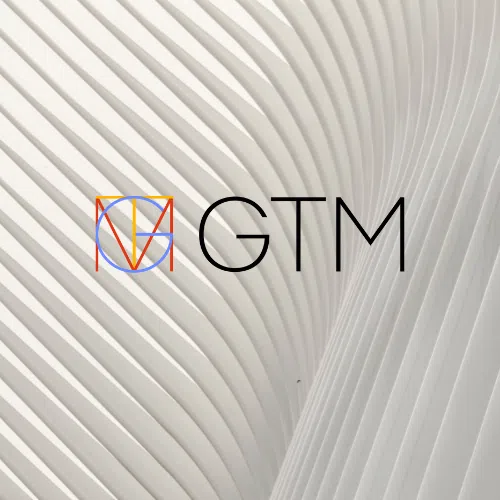As tax departments navigate increased scrutiny and demands from regulatory authorities and executive management, they struggle to find the time to execute all aspects of their jobs. One way that we have seen tax departments deal with this time crunch is to streamline the process between compliance and provision effectively creating one standardized process that produces both the tax provision and tax return.
There are many reasons as to why these functions within the tax department have become disjointed. Many tax departments have been structured to have different compliance and provision teams, leading to each team working in isolation with poor communication at best. This results in the teams treating the same issues differently, creating two sets of workpapers for any new book to tax differences, and an increased chance of material return to provision adjustments. Another key factor is the human nature of becoming comfortable and conforming to a routine. It is typical, especially among younger staff, to execute work the same as last year (SALY). This stifles innovation, as the common thought is that we’ve always done it this way so why would we change it now.
Technology may have prohibited true integration between provision and compliance software in the past, with legacy tax systems being closed off and restrictive. With the expansion of tools such as API’s, ODBC, Alteryx Connectors, and enhanced Excel integration into tax specific software, now is the time to take advantage of the possibilities and streamline your processes. Similarly, newer technologies have increased the ability around creation, maintenance, and management of workpapers.
The Solution to Disjointed Processes: Standardized Workpapers
The key to aligning the provision and compliance process is to create and implement the usage of standardized book to tax difference workpapers. We have seen many of our clients benefit from going this route in terms of gaining efficiencies, mitigating risk and being able to adapt to changes in business and tax law.
Using the same workpapers for provision and compliance presents an inherent increase in efficiency. The members of the tax departments have a familiarization of knowing the workpaper and this helps increase efficiency with both the preparation and the review of the workpapers. The workpapers used for provision can now be copied and updated for the tax return as opposed to starting over from scratch. By doing this, 80% of the work for return workpapers is done and the preparer can focus in on the 20% that is remaining.
Having one set of workpapers helps mitigate risk within the tax department. When having separate workpapers, there is a high risk of treating the same item differently. This could be the inconsistent treatment of an account, a formula error in the calculation itself, or missing an adjustment entirely; all of which could lead to a return to provision adjustment. Having disjointed processes places a high level of faith on not having a breakdown in communication. For instance, if the provision team finds a new book to tax adjustment or an account that should be included in a book to tax adjustment, then controls must be in place so that they are passing that information on to the compliance team and it is not missed on the return. If the compliance teams find something similar, then there must be controls in place so that the provision team does not miss it in the subsequent provision. In either case, there is a risk of a return to provision adjustment.
Streamlining The Provision and Compliance Process
There are many other benefits to streamlining the provision and compliance process. One is the ability to quickly file your Federal return for refund purposes. We worked with one energy company to develop a standardized set of workpapers that was used for both provision and compliance while also integrating their provision and compliance technologies. This resulted in the client being able to leverage the provision as a basis for the return and expedited the federal filing to the end of February, obtaining a several hundred-million-dollar refund earlier. Another benefit we see by syncing up these processes is that we can leverage automation to calculate a more detailed and refined provision, which helps with cash flow, forecasting, true-up adjustments.
The barriers to implement these changes are very minimal. Typically, the implementation of standardized workpapers is not a large undertaking and most times the clients already have a set of workpapers that they like, so there is no need to reinvent the wheel; more so making minor tweaks to ensure that they meet the requirements for both outputs as well as integration with the tax software’s.
From a software perspective you can approach this as being truly software agnostic. The Excel integration offered by many of the leading software companies results in us being able to integrate technologies across different platforms and have the same Excel files communicating with multiple products. Leveraging technologies such as ONESOURCE DataFlow, Alteryx, and Microsoft SharePoint allow for easier maintenance of the tax packages. These tools can automate the rollover, distribution, status tracking and version control of your files, giving you a full end-to-end solution.
For more information about how to standardize your tax department’s workpapers, please contact me at ASorrentino@gtmtax.com.
About GTM’s Tax Automation Services (TAS)
GTM’s industry-leading team are experts in implementing, enhancing, and maintaining tax technology for large, multinational organizations. We take a flexible, individualized approach, working side-by-side with you to address your specific challenges and implement value-added solutions in all tax functional areas. Our tax automation services focus on Corporate Tax Software Implementation & Enhancements; Data Management & Business Intelligence; Tax Collaboration Technologies; and Process Assessment & Automation.



